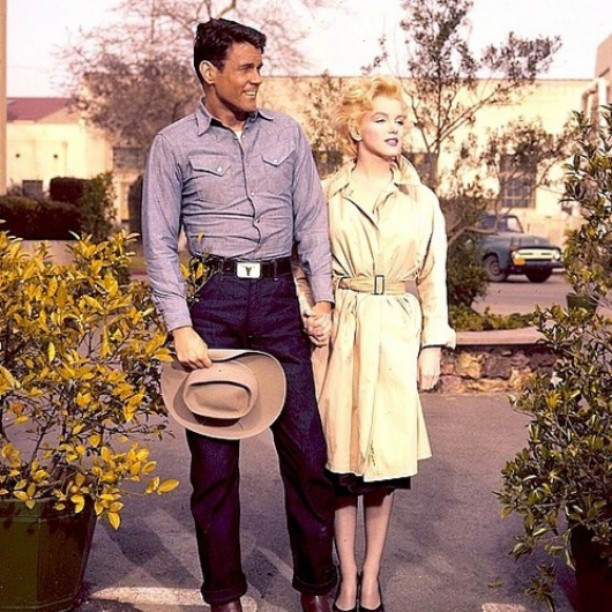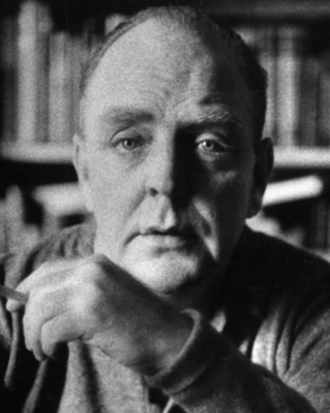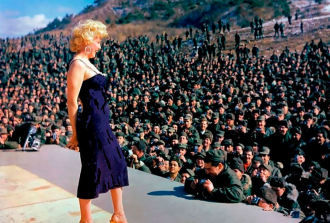William Inge and Marilyn Monroe
A photo of William Inge and Marilyn Monroe
Date & Place:
Not specified or unknown.


 Amanda S. Stevenson
Amanda S. Stevenson 



